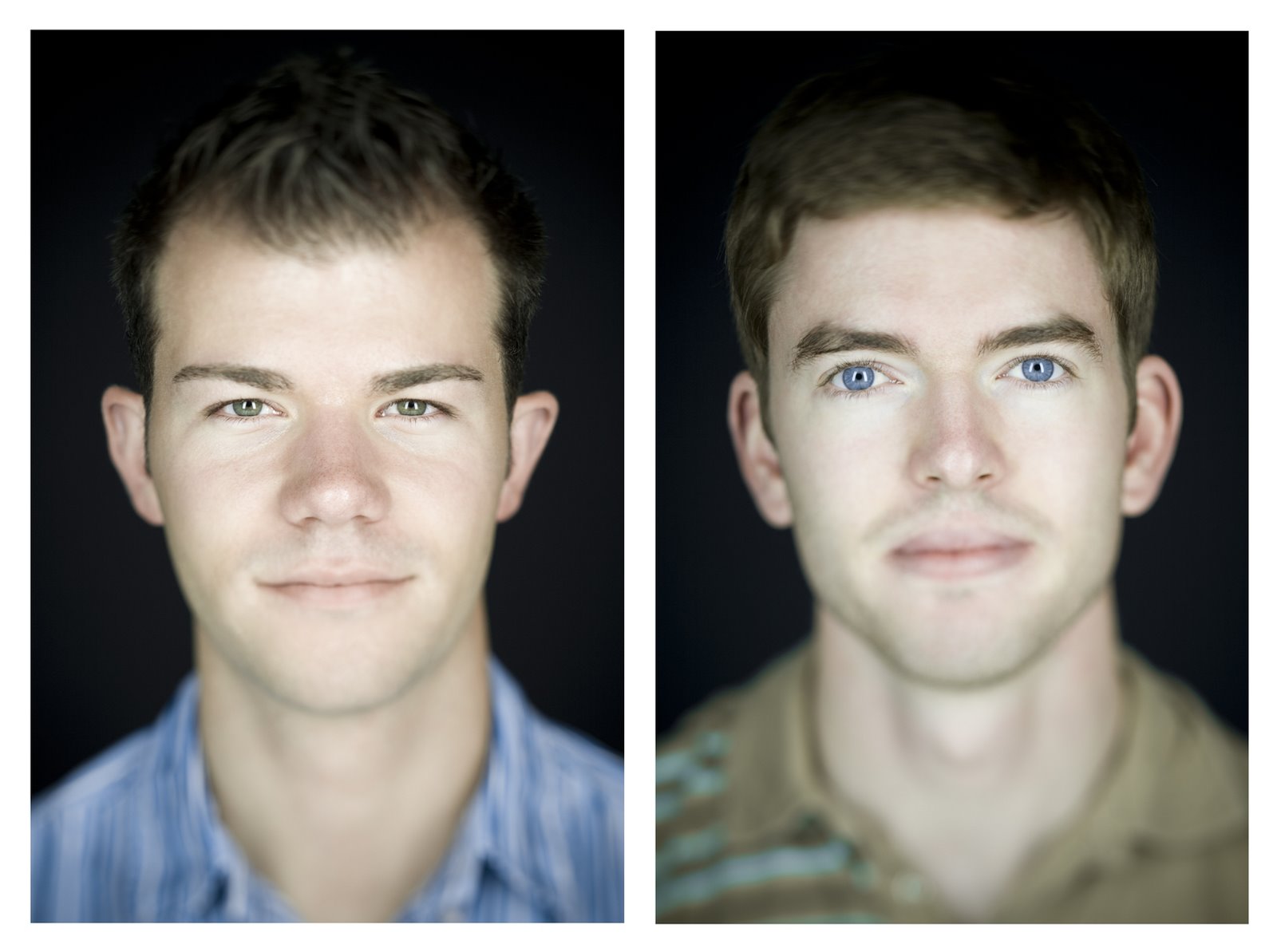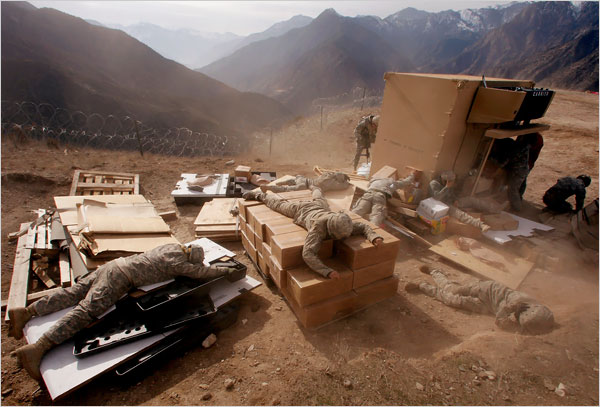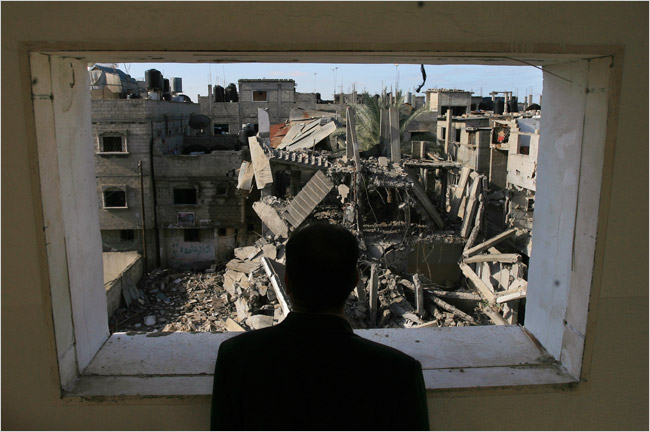The diptych above was created by BYU student photographer Michael Wiltbank for an exhibition last month at the university’s Harris Fine Arts Center. The show created a controversy when the university temporarily removed these photos. (On his blog, Wiltbank offered a description of the incident along with additional images from the show, then provided a follow up reacting to the university restoration of the exhibition.)
My interest, however, is primarily in the images and the strategy behind them. As Wiltbank explains in the artist’s statement:
These portraits are of BYU students who identify themselves as homosexual and a person that supports them. This support person could be a family member, friend or may also identify themselves as homosexual and both people may provide support to each other. I have not included labels with these portraits as I feel that labels only create separation and division and further ungrounded stereotypes. We never know who may identify themselves as homosexual and I felt that not labeling these images would force us as a society to question what it is to be homosexual.
I’m thinking my experience, in studying these portraits, has got to be pretty common.
At first, Wiltbank’s strategy caused me to intently study both faces, trying to pierce the ambiguity. Was that slicked hair and the slightly confrontative gaze more indicative of homosexuality, or was the orientation more reflected in the earnest and open expression? After going diligently if naively back and forth, however, I came to a pivot point where the given circumstances unraveled, leaving the larger point that the issue of sexual identity doesn’t necessarily have all that much too do with surface.
Now, if I asked you which one looked Mormon…
Adapted from a post by Matt Lutton at DVAFoto.



Reactions
Comments Powered by Disqus